Ailing rose bush
musicteacher
9 years ago
Related Stories
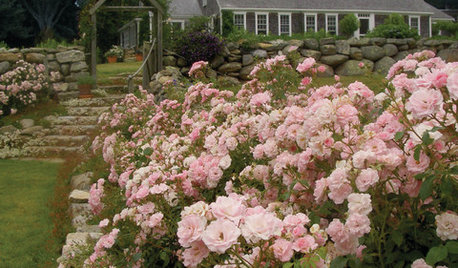
GARDENING AND LANDSCAPINGReimagine the Rose Garden
No need for boxlike bushes. Modern roses are breathtakingly beautiful mixed casually and with less formal shapes in the landscape
Full Story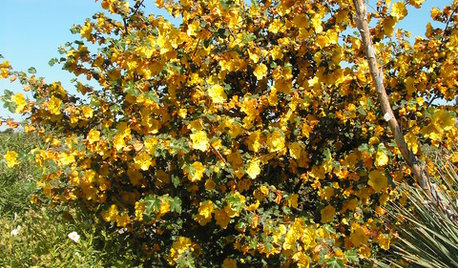
GARDENING GUIDESGreat Native Plant: California Flannel Bush
Forget watering once this bush is established. But the yellow burst in spring and summer, you'll remember
Full Story
GARDENING GUIDESGreat Design Plant: Knock Out Roses
As glorious as their high-maintenance kin for a fraction of the work, Knock Out roses make even beginners look like garden stars
Full Story
GARDENING GUIDESWhat Kind of Roses Should You Grow?
Want to add the beauty of roses to your garden? Find out which ones, from old-fashioned to modern, are right for you
Full Story
WINTER GARDENINGPruning Secrets for Exquisite Roses
Encourage gorgeous blooms year after year with this time-tested advice on how to prune your rosebush in winter for health and shape
Full Story
SPRING GARDENINGHow to Grow a Rose Garden in Pots
Everything can come up roses, even without a plot of soil in sight. This step-by-step guide to growing roses in containers shows you how
Full Story
GARDENING GUIDESLearn the Secret to Bigger and Better Roses
Grow beautiful roses using both ordinary and unusual soil amendments
Full Story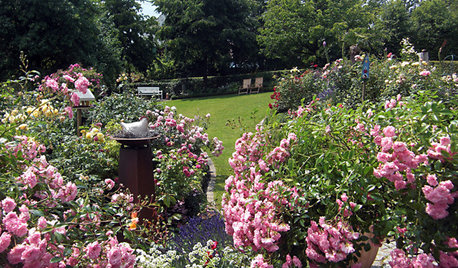
GARDENING GUIDES5 Sweet to Spirited Pink Roses for an Enchanting Garden
Whether you go demure or daring, there's a pink rose here to make you flush with garden pride
Full Story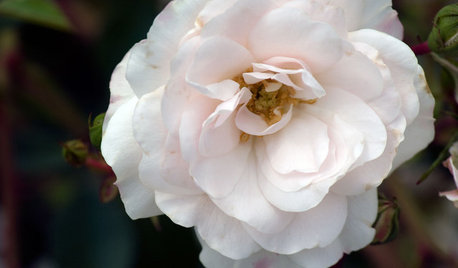
GARDENING GUIDES5 Favorite White Roses for a Purely Beautiful Garden
How does your garden glow? With roses that look like light and smell divine
Full Story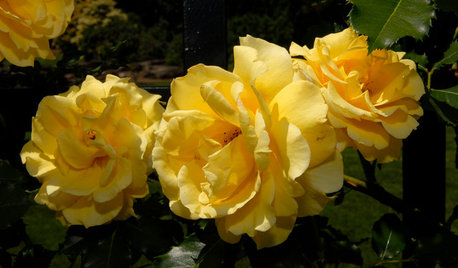
GARDENING GUIDES5 Favorite Yellow Roses for a Joyful Garden
Make 'cheery' the name of your garden game when you order your roses sunny side up
Full Story





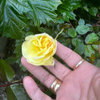
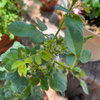
jazzmom516 (Zone 6b, MA)
seil zone 6b MI
Related Professionals
Allen Landscape Architects & Landscape Designers · Ashland Landscape Architects & Landscape Designers · Lakewood Landscape Architects & Landscape Designers · Goodyear Landscape Contractors · Bridgeview Landscape Contractors · East Haven Landscape Contractors · Fort Worth Landscape Contractors · Louisville Landscape Contractors · Medford Landscape Contractors · Mendota Heights Landscape Contractors · New Cassel Landscape Contractors · North Highlands Landscape Contractors · Palm Beach Gardens Landscape Contractors · Tewksbury Landscape Contractors · Westchester Landscape Contractorsmichaelg